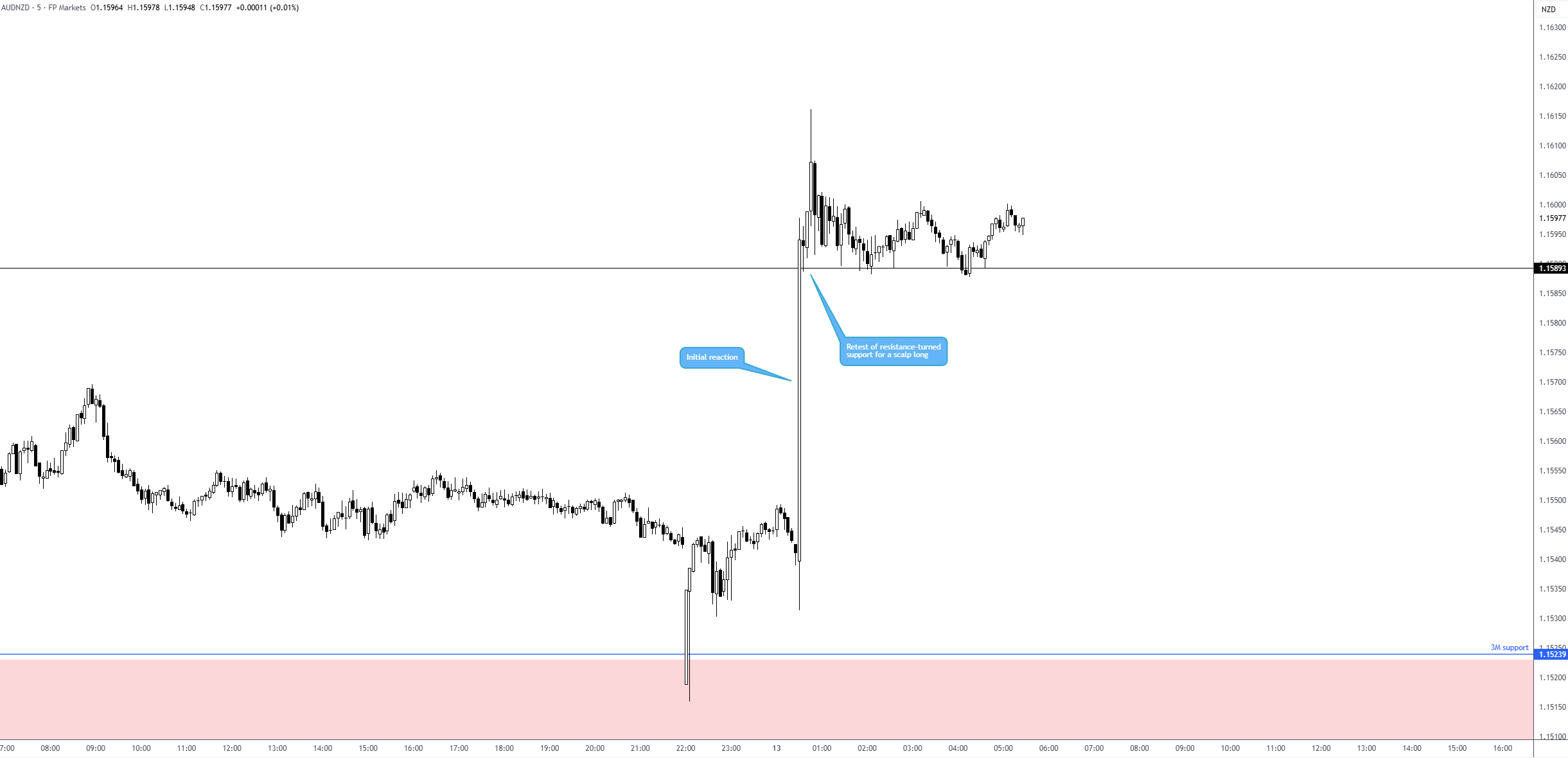good morning,
Washington’s political deadlock ended yesterday when President Donald Trump signed legislation to end a record-breaking 43-day government shutdown – eclipsing the 35-day shutdown in 2018 as the longest in US history.
Back to work when Trump put pen to paper
Finally, the US government will open its doors, after President Donald Trump signed legislation to end the shutdown. While things will eventually return to some semblance of normalcy, the reality is more complex, and the implications for markets and economic data are only beginning to emerge.
Although workers return to their desks today, it will likely take some time to be fully operational. Now it’s all about economic data and what the Fed does in December. The central bank has essentially been flying blind for weeks, with the Fed remaining between a rock and a hard place for next month’s meeting. In particular, the White House observed that October prints and jobs are unlikely to see the light of day!
In terms of Fed rate cut expectations, we see a moderate hawkish repressing, with an easing of 14 bps (55% probability of A), and a total of 80 bps worth of cuts by the end of 2026.
Market Snapshot
In the markets, as you would expect, US stocks bid up. Cash markets saw a rally of more than 300 points to mark a fresh high of 48,254.82, or 0.7%. It was a quiet session for it, which largely flat-lined, actually drifting around 0.3%. However, US equity index futures are moderately on the front foot this morning.
Meanwhile, precious metals rallied. Gains extended for the fourth straight session, rising 1.7 percent and closing sharply at a high of $4,381 USD. It has also rallied 4.0% and is on the threshold of a challenging record high of USD 54.45. However, a notable hit – WTI oil – fell more than 4.0 percent after OPEC noted supply demand was expected to begin.
In the FX space, the session ended largely unchanged, albeit well below its best. Finally, although the JPY was sold off (up 0.4%), it was muted among currencies.
I do, however, want to shed some more light on the G10 after the upside surprise in the October Aussie jobs report. Employment rose by 42,200, comfortably beating the 20,000 consensus, while unemployment remained below the 4.5 percent expected in September.
The cross (see below) presented a short-term scalp opportunity to come out of the event on the M5 chart. You may recall that I noted this market to look closely at the event data hidden in the max/min estimate, which it did.
Source: TradingView
September UK GDP ahead
Closer to home, in about an hour (7:00 a.m. GMT), the September data will come down. With inflation still sticky and growth anemic and expected jobs numbers echoing the stable landscape, Boe faces its own delicate balance. This follows a tight 5-4 MPC vote to leave the Bank rate unchanged at 4.00% last week, with markets pricing in 20 bps of easing at the December meeting (82% probability).
According to the LSEG Economic Calendar below, the MM data will start to stagnate, down from 0.1% in August. The Q3 figure is expected to rise 0.2%, slower than Q2’s 0.3%. I’ll leave you with this tomorrow, because my perspective has changed:
‘Given the lack of volatility from this – which surprised me, because it was a textbook shorting opportunity – I think traders will need to see more clear deviations to get involved, at least with the maximum or minimum estimates being reached. Additionally, where the UK economy is now and in the upcoming budget, a miss GBP shorts in the data (mainly looking at EUR/GBP longs or GBP/NZD short plays) could offer more bang for your buck. This could signal money markets fully pricing in a rate cut next month.
Source: LSEG data





